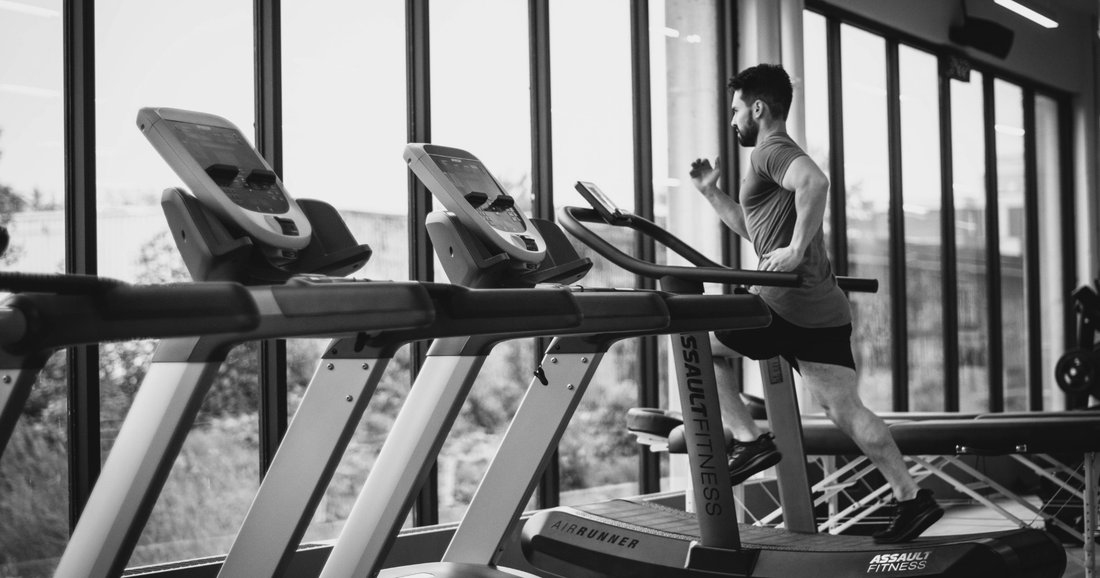
Training Forward: Techniques to Keep Progressing
Share
Progress in the gym rarely follows a straight line. At first, every workout feels like a victory. The weights go up, the mirror shows changes, and confidence builds fast. But sooner or later, progress slows. This is where many lifters stall out or even give up. The truth is, every athlete and fitness enthusiast will face plateaus. The key is learning how to push forward when progress feels stuck.
At Built by Battle, “Forward” isn’t just a word on a tee. It’s a reminder that progress is about persistence, small wins, and the belief that tomorrow can be stronger than today. In training and in life, the only real option is forward.
Why Plateaus Happen
Plateaus in strength training and bodybuilding are not signs of failure. They are a natural part of the process. Understanding why they occur can make them easier to handle.
Here are the most common reasons lifters hit a wall:
- Adaptation: The body adapts to repeated stress. The same workout routine eventually stops producing results.
- Recovery gaps: Sleep, nutrition, and recovery methods may not match training intensity.
- Imbalance: Focusing only on certain lifts while neglecting accessory work can create weak links.
- Lack of variation: Using the same weights, rep ranges, and tempos prevents new growth.
Recognizing these causes is the first step to breaking through.
The Power of Progressive Overload
One of the most effective ways to move forward is progressive overload. This principle is simple: continually increase the demands placed on the muscles. That doesn’t always mean slapping more plates on the bar. Overload can happen in multiple ways:
- Add weight: The classic approach. Increase small increments over time.
- Add reps or sets: Keep the weight the same but do more work.
- Change tempo: Slow down the eccentric phase or add pauses.
- Reduce rest: Shorter breaks challenge endurance and conditioning.
Progressive overload is the backbone of strength training. It teaches the body that it must grow stronger to handle new stress.
“Forward is progress, no matter how small. Every rep, every set, every session adds up.”
Micro-Adjustments That Matter
Sometimes, progress doesn’t come from major changes. It comes from micro-adjustments. These are small tweaks that can create new stimulus without overhauling your program.
- Grip variation: Changing from overhand to mixed grip or using a wider grip can hit muscles differently.
- Range of motion: Deficit deadlifts, box squats, or partial presses can target sticking points.
- Accessory focus: Strengthen weak areas like hamstrings, rear delts, or core to improve main lifts.
- Exercise swaps: Replace flat bench with incline, or barbell rows with dumbbell variations for variety.
Micro-adjustments keep training fresh and give the body new challenges without straying from core goals.
Recovery Is Training Too
Too often, athletes think more is always better. But training forward means understanding that recovery is just as important as the work itself. Muscles don’t grow in the gym. They grow during rest, fueled by proper nutrition and sleep.
Key recovery strategies include:
- Prioritize sleep: Aim for 7–9 hours to support hormone balance and muscle repair.
- Fuel properly: Protein, complex carbs, and healthy fats keep energy and recovery on track.
- Active recovery: Light cardio, stretching, or mobility work promotes blood flow and prevents stiffness.
- Listen to your body: Pain and fatigue are signals, not challenges to ignore.
Investing in recovery makes the next session stronger, not weaker.
Building Motivation During Stalls
When progress slows, motivation can dip. This is where mindset matters. Training forward is as much mental as it is physical.
Ways to keep motivation high:
- Track progress: Even small improvements deserve recognition.
- Shift goals: If strength stalls, focus on conditioning, endurance, or skill work.
- Train with others: A training partner can push you past comfort zones.
- Celebrate consistency: Showing up matters more than perfection.
The Forward Tee embodies this mindset. Wearing a symbol of progress serves as a daily reminder that the journey is not about perfection, but persistence.
Putting It All Together
To keep progressing in bodybuilding, strength training, or general fitness, you need a mix of strategy and mindset.
- Identify the plateau. Recognize why progress has slowed.
- Apply progressive overload. Challenge your muscles with new stress.
- Use micro-adjustments. Small changes prevent stagnation.
- Prioritize recovery. Give your body the rest it needs.
- Stay motivated. Find meaning in consistency and forward progress.
Every step you take, no matter how small, is a step forward.
Why Forward Matters
Forward is more than a direction. It’s a philosophy. It means refusing to stop, no matter how long the road feels. It means training when the weights feel heavy, resting when your body needs it, and pushing again when the time is right.
The Forward Tee was designed to carry this message with you. It’s not just gym gear. It’s a symbol of persistence. Every time you wear it, remember that the next rep, the next workout, the next day can bring progress.
At Built by Battle, we know the struggle is real. Plateaus are part of the journey, but they are never the end. Keep moving, keep fighting, and keep training forward.
